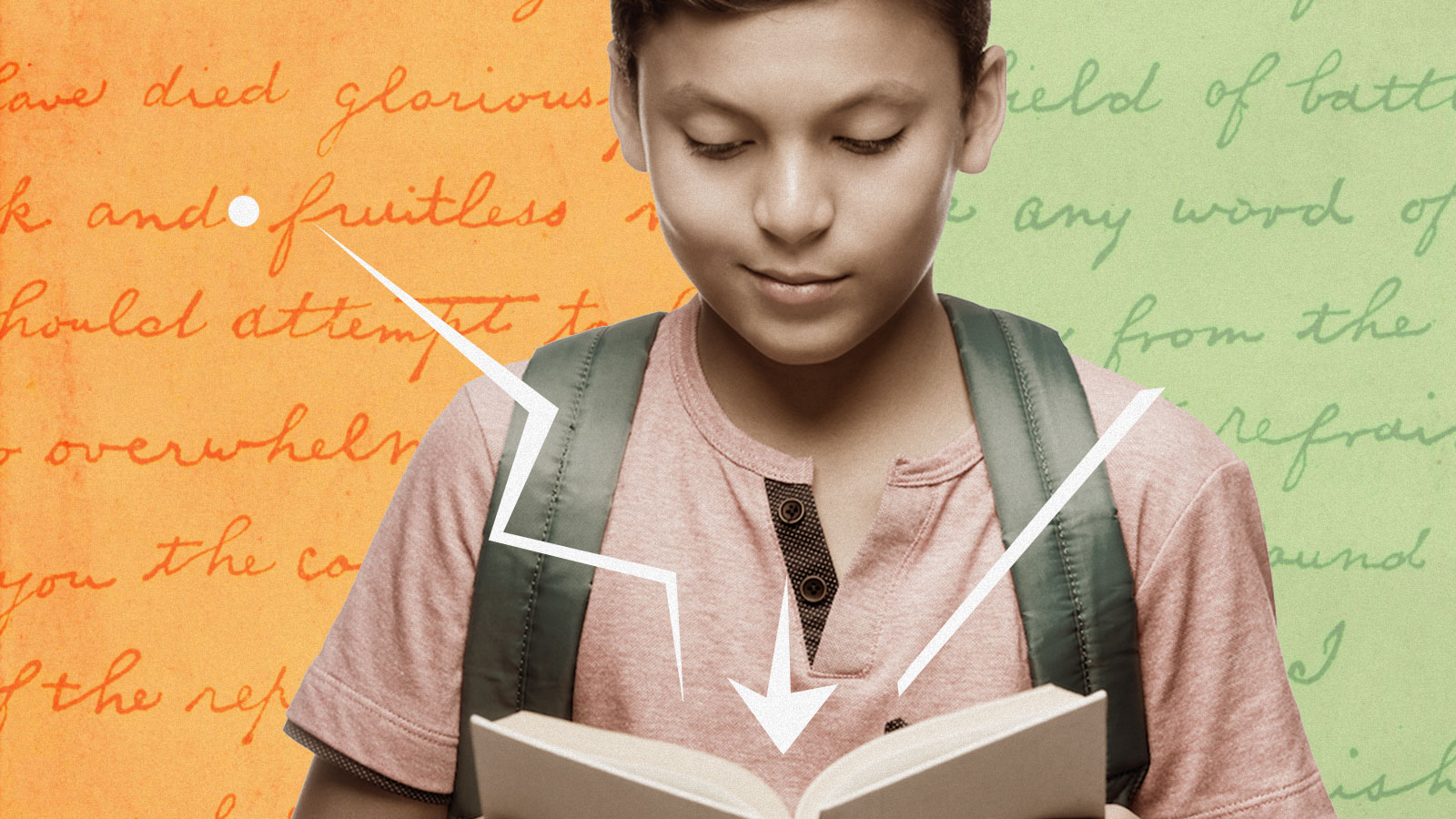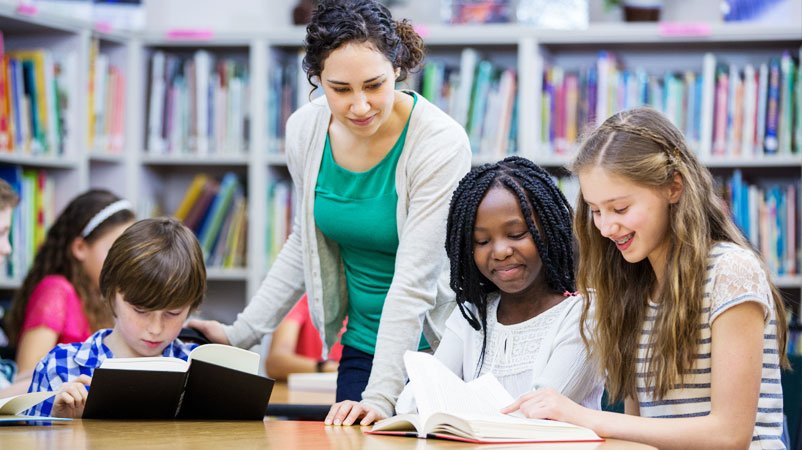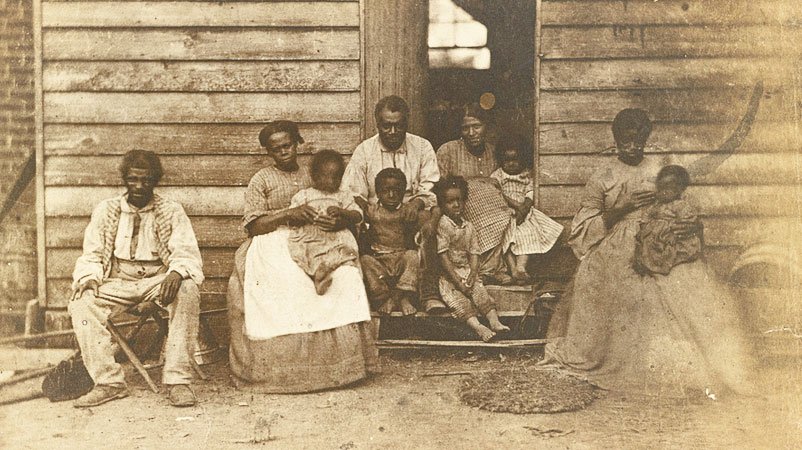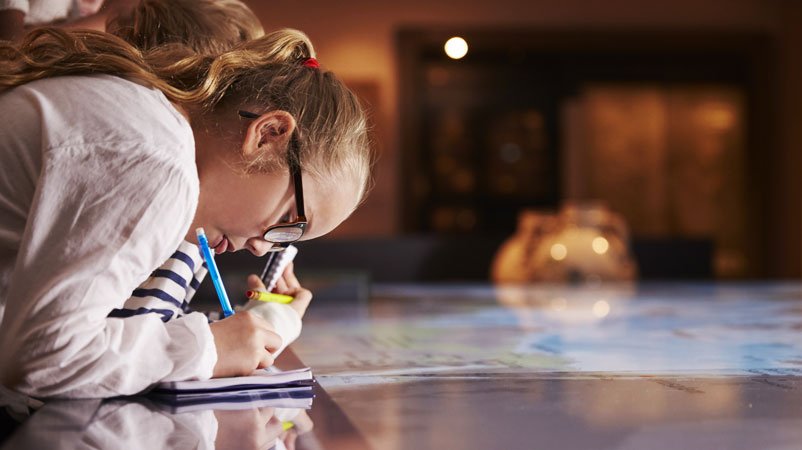
“Literacy is a bridge from misery to hope.” —Kofi Annan
As teachers, we live in a constant state of being overwhelmed. Teaching social studies and English Language Arts at the same time might easily seem like too much multi-tasking. In actuality, by focusing on social studies as a means to building literacy, teachers can more fully expand higher-order thinking skills and comprehension. Most importantly, we can ground our students’ understandings of texts so they can apply historical concepts to their present world.
What is historical literacy?
Beyond comprehension and decoding, thrives the more complicated field of historical literacy. Aside from being one of the Common Core State Standards and an important part of a core curriculum for social studies, historical literacy is a valuable concept in our lives and the lives of our students. Historical literacy is more than the skill set to read and comprehend primary sources. Historical literacy is an ongoing practice of digging into history from multiple perspectives.
Teach literacy and social studies at the same time using stories students help create.
The goal is for students to understand the lives, aspirations, and concerns of the people who created primary sources in their context. Moreover, the complete goal is for students to develop the perspective, as well as the literacy skills and content knowledge, to be able to analyze these sources from our modern day perspectives. The beauty of focusing on historical literacy as a goal is the process of developing and unpacking how to be a informed, insightful reader.

Context helps develop historical literacy
Context matters if students are to understand a narrative and to truly develop historical literacy. Students need to not only understand what they are reading, but where, when, and what the writer’s motivation was to create the text. These details help provide context. One of the goals of historical literacy is for students to develop empathy for the creators of primary sources. Empathy allows them to understand the context of historical situations more deeply.
The 10 elements of historical literacy
According to Jeffery D. Nokes, there are ten elements of promoting historical literacy which are important for developing context.
Students should:
1. Understand the types of texts that are being used.
More specifically, students develop their understanding of context not only by the content of the text, but by discussing which type of text is being used.
2. Know the range of texts possible.
Nokes mentions “primary sources, government documents, oral histories, artifacts, photographs, movies, numerical data, artwork, music, fashions, secondary sources produced by other historians, etc. Additionally, historical texts include the resources that historians produce such as charts, maps, diagrams, monographs, documentary videos, journal articles, web sites, textbooks, etc.”
3. Focus on how to access texts instead of attempting to understand a wide breadth of types of historical texts.
Embedded in historical literacy is the ability to go beyond the first few search results. By cultivating a wider understanding of context, students can also widen the scope of their searches to more primary sources which will broaden their understanding of the time period they are studying. Obviously, these investigative skills stretch way beyond just history and will enhance students’ ability to excel in all of their studies.

American slave family or families posed in front of wooden house, on the plantation of Dr. William F. Gaines, Hanover County, Virginia. Houghton, G. H. (George Harper), approximately 1824-1870, photographer.
4. Be exposed to multiple narratives to focus on the social construction of history.
Just as in our own lives, there are multiple understandings of the same events.
5. Consider what life was like when the primary source document was created.
Who were the people who created the primary source and what was their motivation?
6. Address universal themes in history.
Given help to see common threads such as competition over resources students will be more able to predict in their reading and make text-to-text connections.
Read more about literacy and social studies:
- 4 Ways to Use Storytelling to Help Students Engage with Social Studies
- 8 Close-Reading Strategies to Develop Literacy Skills in Social Studies
7. Develop historical empathy.
Nokes writes that this “allows history students to understand that historical people’s actions made sense to them, given their understanding and values.”
8. Feel empowered to see the complexity of the human condition, and veer away from dualistic thinking.
Labeling a policy as good or bad misses the subtleties of both its advantages and disadvantages.
9. Question the delivery of the historical information.
Lessons that include experiential learning activities empower students to take an informed stand for their beliefs.
10. Be able to accurately describe history.
Ultimately, the goal of historical literacy is “not necessarily to produce mini-historians, but young people and adults who are able to negotiate and create the complex texts of the Information Age.”
Historical literacy empowers students to investigate
At the core of historical literacy is fostering students’ imagination and curiosity. The beauty of promoting literacy through the social studies is that we empower our students with skills so they can continue to investigate the beauty and challenges of being human. By understanding context, students learn to love the narrative of human experience.
Teaching social studies drives literacy and empowers students to understand their world. As Kofi Annan, the seventh Secretary-General of the United Nations, said, “Literacy is a bridge from misery to hope.” By sharing the historical tapestry of the human experience, we stretch students beyond a worksheet’s understanding of decoding text. We empower our students with the story of what it means to be human. With that, we bring students closer to the hope and joy of living a fuller life.
What value do you see in helping students develop historical literacy?
Teach literacy and social studies simultaneously using stories that students help create
References
Nokes, Jeffery D. “Historical Literacy.” (2011)
If you enjoyed reading about historical literacy, read our post about using storytelling to make social studies memorable, 4 Ways to Use Storytelling to Help Students Engage with Social Studies
Ken Klieman is the author of Building an Empathy-Based Classroom, and has taught over 5,500 students and trained over 3,000 teachers. Ken has been awarded both California Teacher of the Year and Comcast All-Star Teacher of the Year. His work as a leading teacher trainer for the NEA and CTA and keynote speaker have solidified his pedagogical approach focusing on community building through performance-based, student-inquiry projects.

It has been proven that teaching “Historical Literacy” helps students comprehend the importance of understanding the past so students can build and apply their background knowledge to the present.
Exposing students and having them make a connection between historical literature and their background knowledge has a fundamental impact on how students interpret the world around them.
This was so informative!